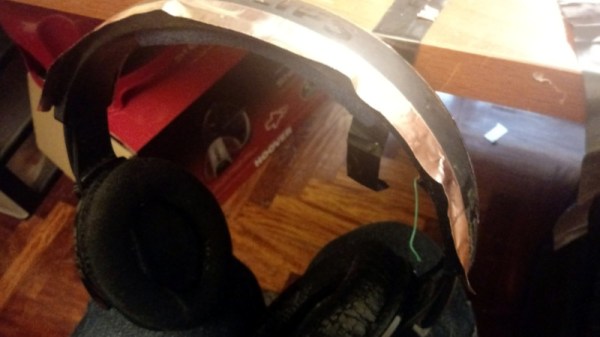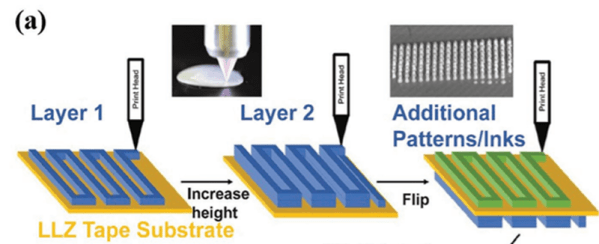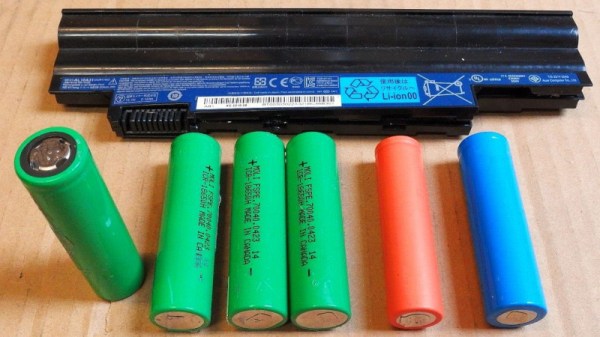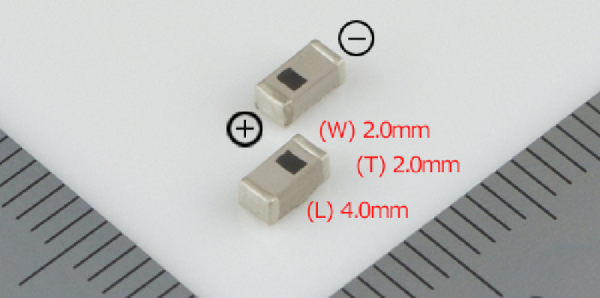We’re all used to the idea of wireless charging, usually in the form of an induction coil on which a mobile phone or other appliance can be placed for a top-up. Not every battery-powered appliance has a built-in wireless charging coil though, meaning that despite the tech being available we all still have a jumble of wires.
[Sergio Costas] has a simple solution to conjuring wireless charging from thin air in his headphone stand, which conceals a set of charging contacts. It’s by no means a new idea and it might seem like an obvious hack, but it undeniably does away with the wires and we like it. After all, if it were that obvious, none of us would have that mess of chargers.
The headphones in question are a Bluetooth wireless pair, and the charging contacts have been brought out via a voltage regulator and a bridge rectifier to a pair of copper tapes along the sides of the headband. These mate with matching contacts in a 3D printed holder to which 12 VDC has been applied. Perhaps he’s just reinvented the springy contacts you’ll find on any cordless home phone, but it’s unquestionably a charger without wires.
Meanwhile if you have a conventional wireless charger, how do you know it’s working?

















